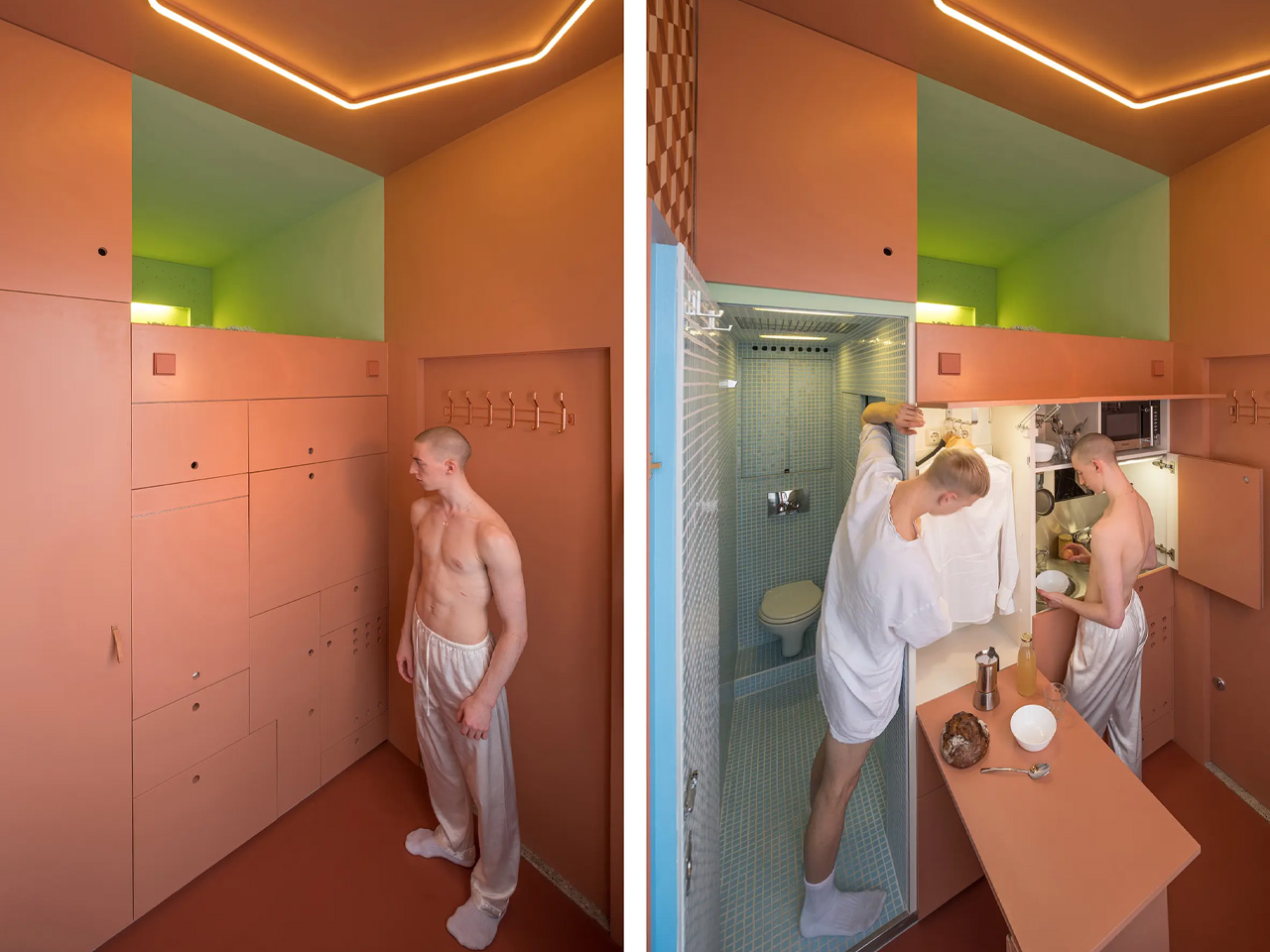
This unique micro-apartment is probably one of the smallest apartments in the world, and it is named the Cabanon. The Cabanon measures around 74 square feet and is tremendously small, However, the home is equipped with a pretty clever layout and folding furniture, which allows users to make the most of such a small space. The home is much more equipped than you would expect and even manages to house a bath and a spa area. The name is inspired by a cabin of the same name, which is owned by the famous architect Le Corbusier. The home is designed by Beatriz Ramo of STAR strategies + architecture and Bernd Upmeyer of BOARD (Bureau of Architecture Research and Design), and they will make it their second home.
Designer: Beatriz Ramo of STAR strategies + architecture and Bernd Upmeyer of BOARD
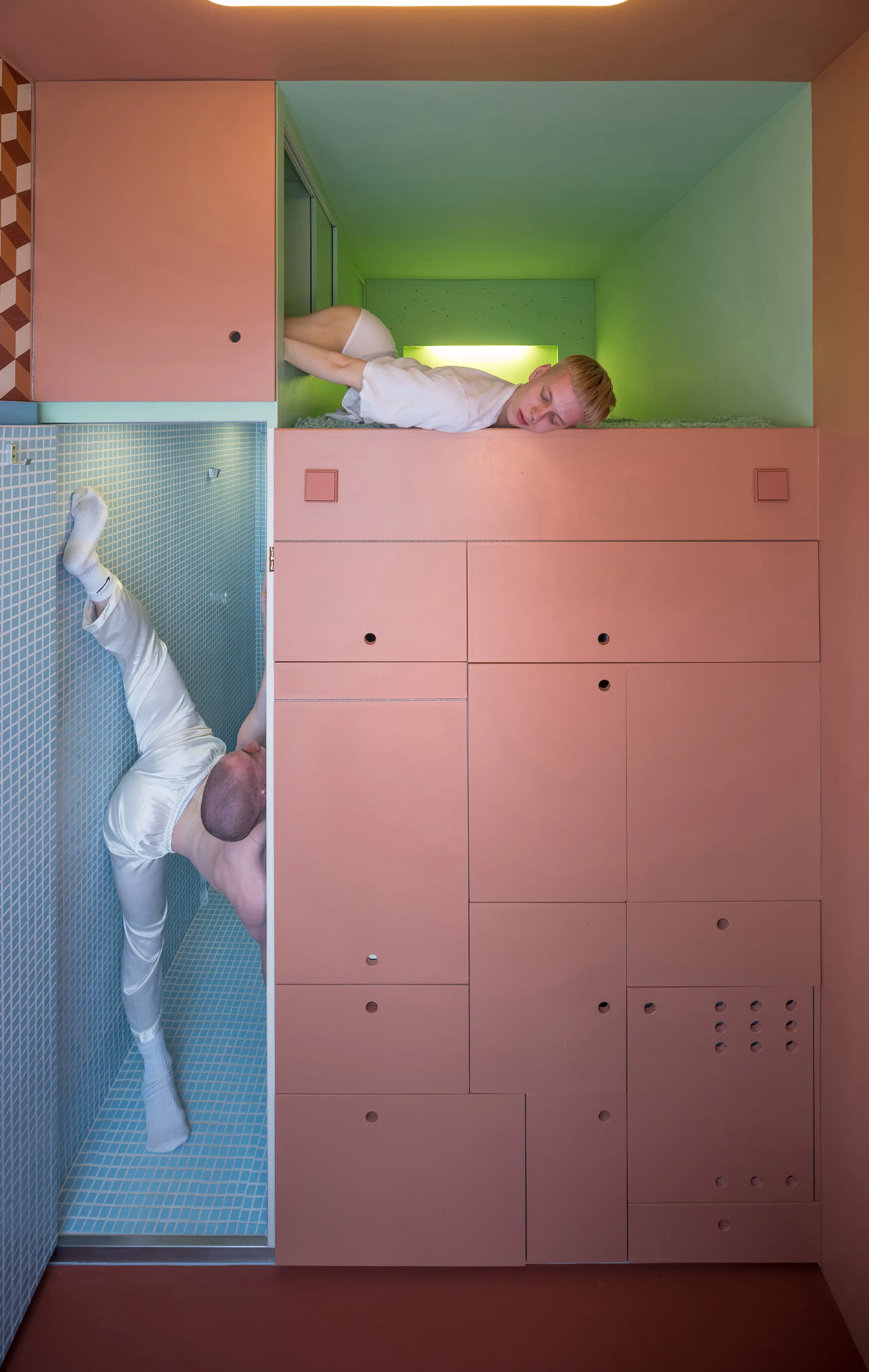
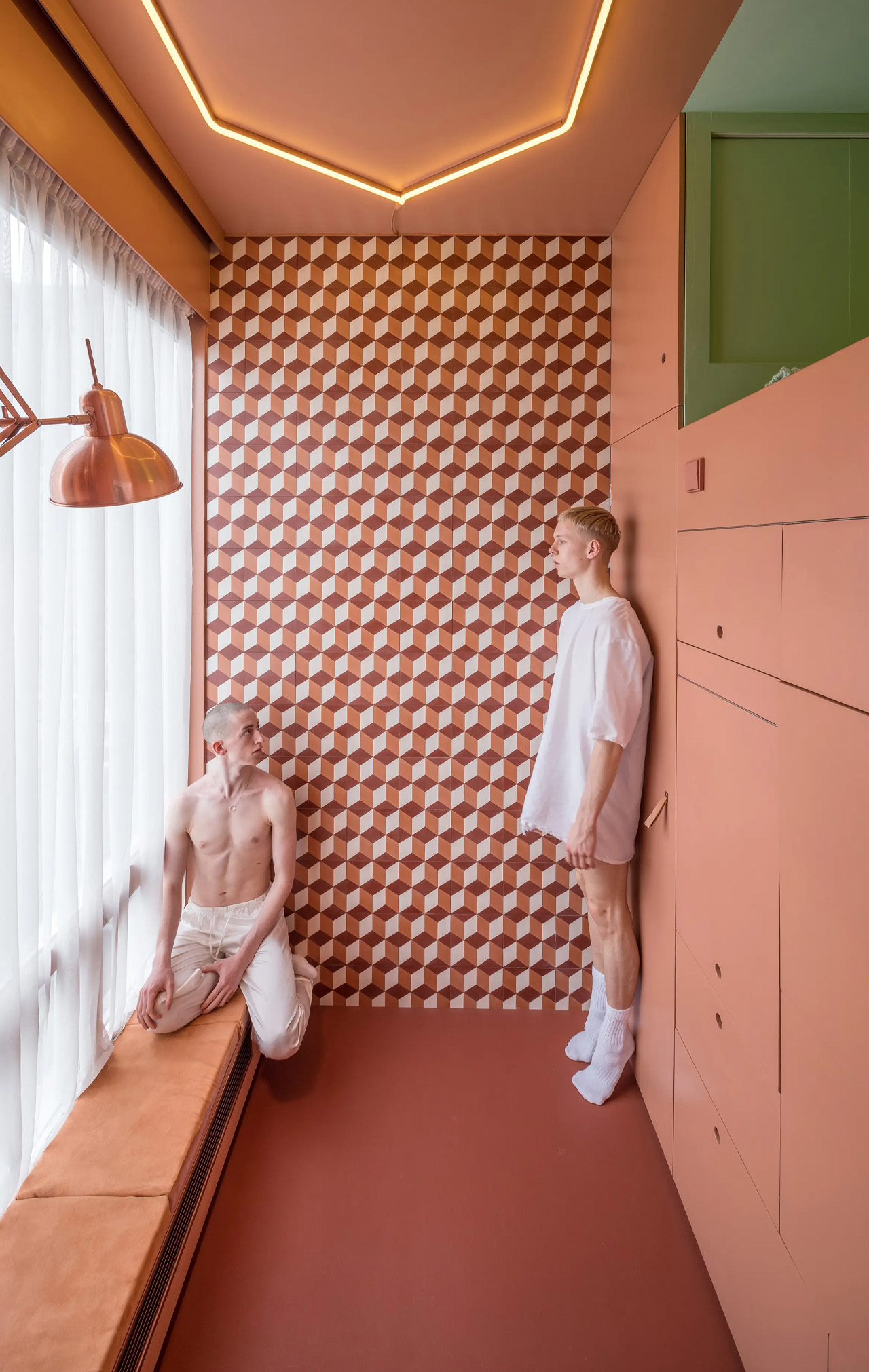
The little apartment is built in a former attic space in a 1950s residential building located in Rotterdam, the Netherlands. The room was initially used for storage, and if you compare it to a tiny home, you’ll find the tiny home quite spacious. The apartment has a height of 9.1 feet, a width of 6.5 feet, and a length of 11.9 feet. The entire space has been sectioned into four areas. The bedroom is elevated and can be accessed via a removable ladder, which is stored away on the bathroom door. The bathroom is equipped with a toilet and rain shower and is connected to a spa area, amped with two infrared saunas and a whirlpool bath.
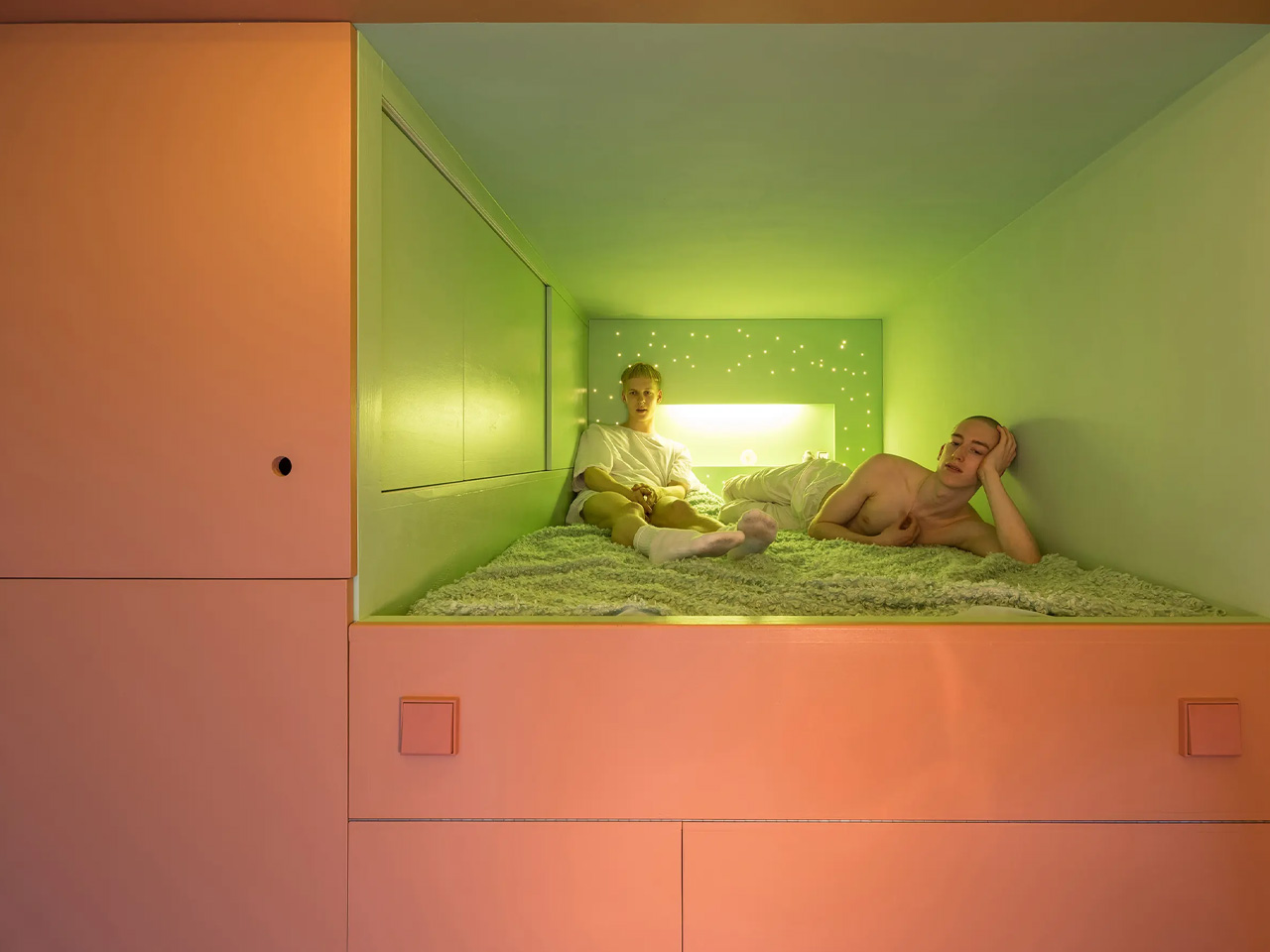
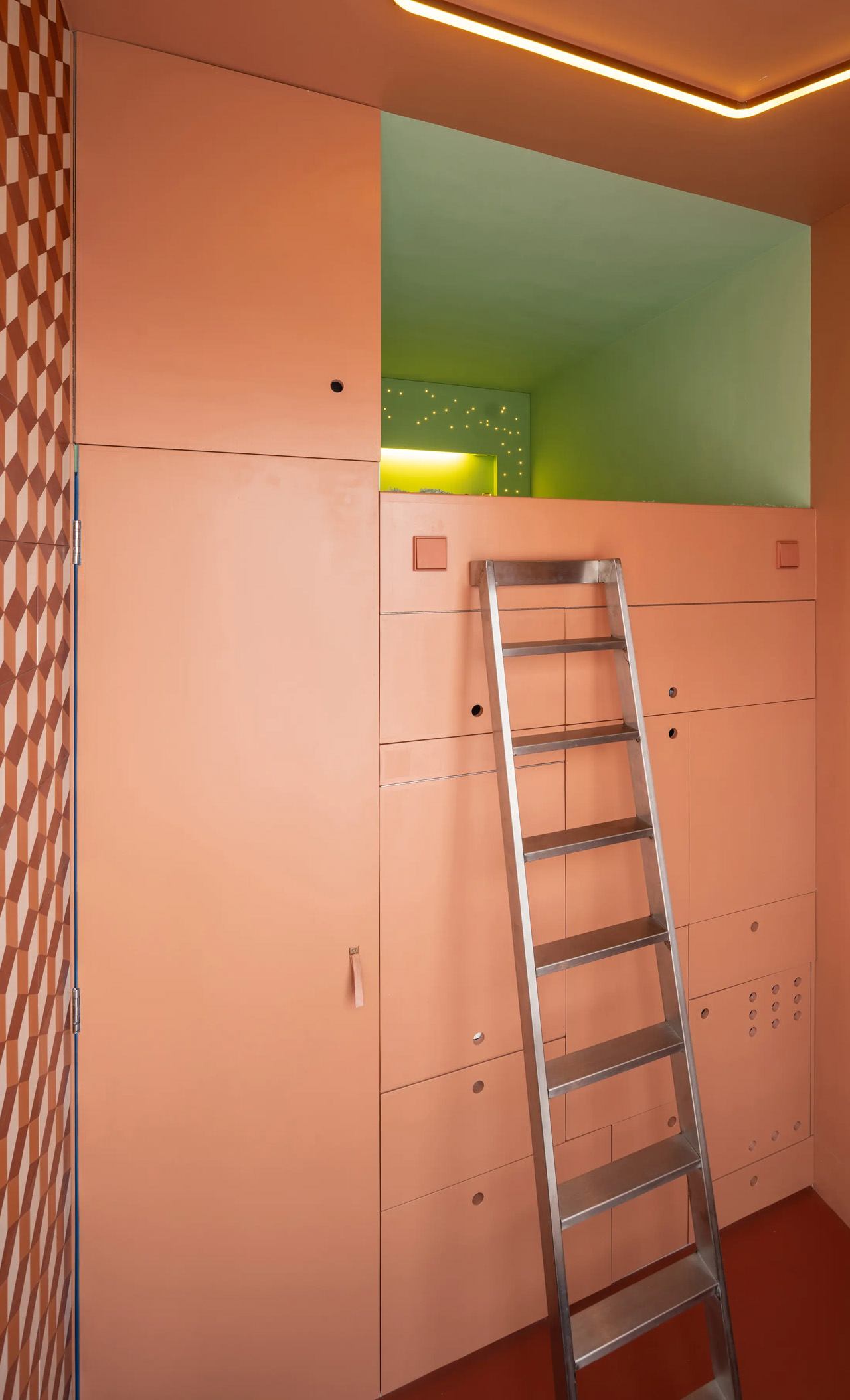
The living room and kitchen are one section, and it includes a big storage unit that conceals a sink, fridge, table, and cooking facilities. The pictures give us a better look into how this space is designed. The Cabanon is a truly innovative design, however, the designers don’t see it as a viable plan for future housing, but it is a great example of how small spaces can be better utilized. The apartment focuses on cost-cutting initiatives while making the most of a lack of sufficient space.
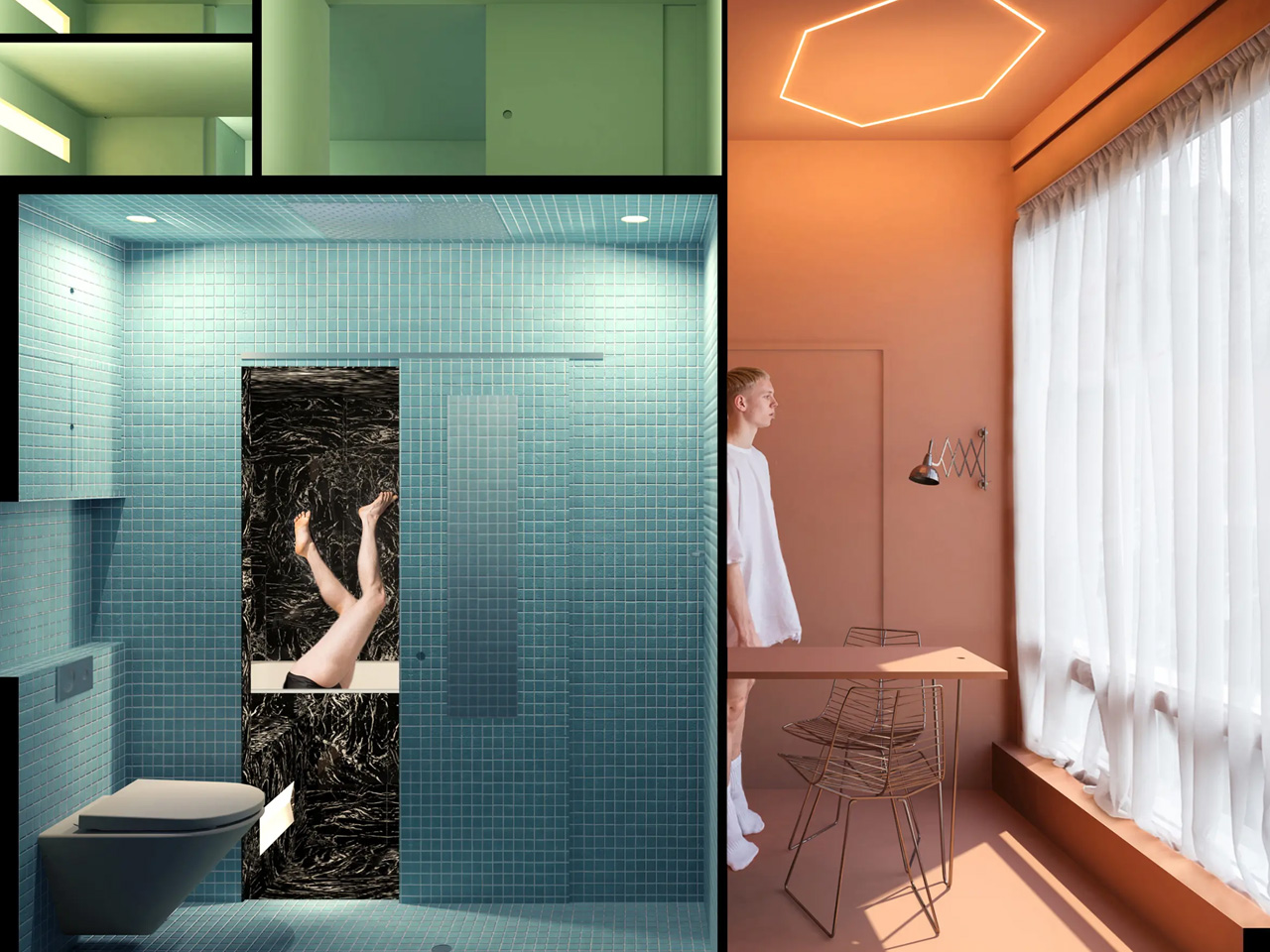
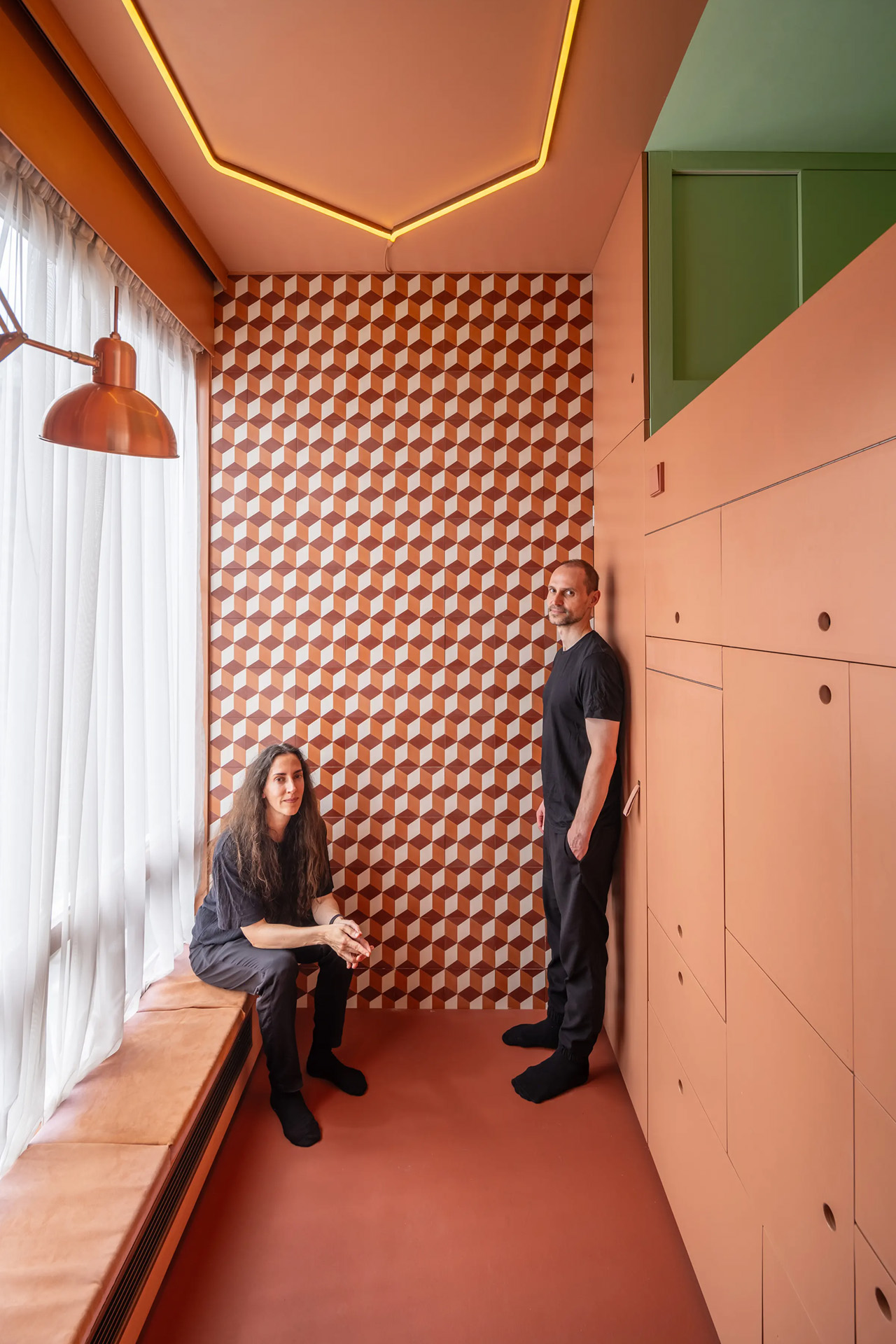
The post This Extremely Small Micro-Apartment Makes A Compact Tiny Home Look Spacious & Large first appeared on Yanko Design.